Home > Learn > Choosing the Right Equipment > Benefits of a Three-Way Speaker
Three-way speakers are common in higher performance stereos. They can significantly improve the midrange and high-frequency ranges and in some cases even improve the bass response.
Today, we will look at the two styles of three-way speakers: in which three speakers are built into one speaker, and component speakers which are typically three separate speakers and must be installed independently. Let’s dive into the differences between a coaxial and component three-way setup in more detail.
What is a Three-Way Component Speaker
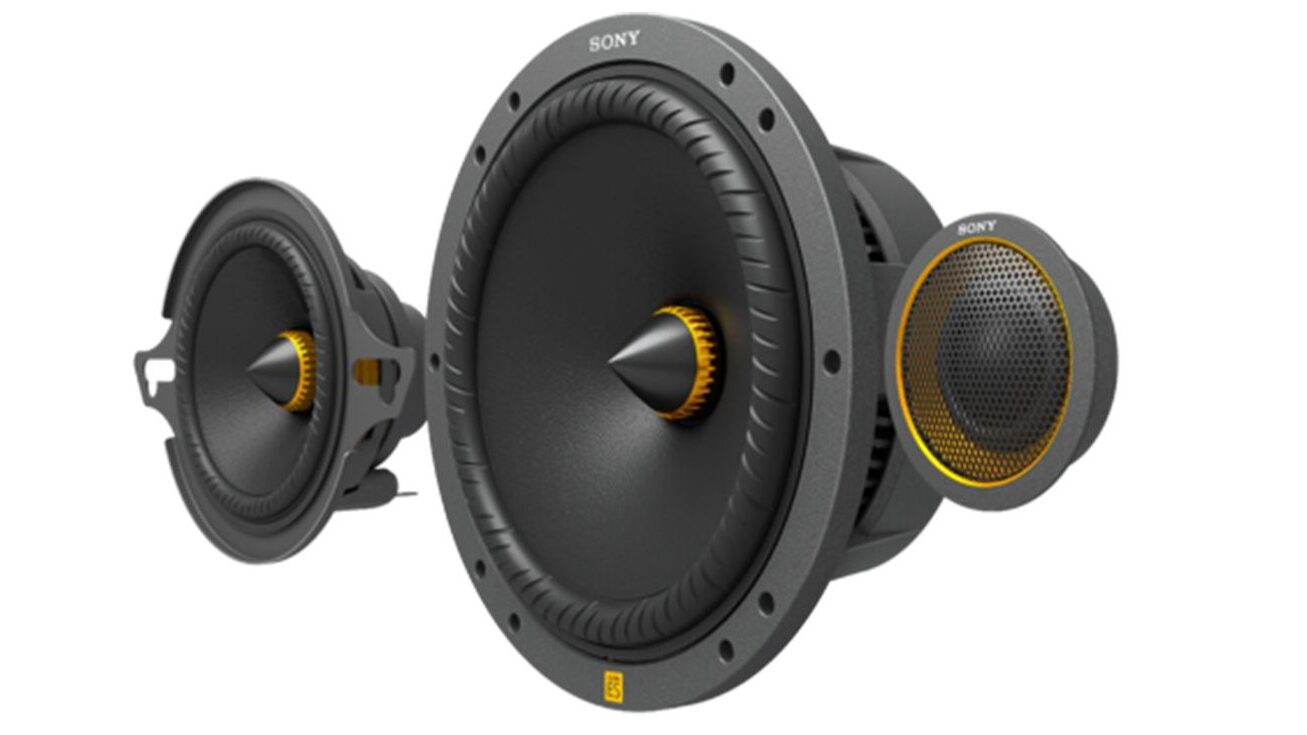
A three-way component speaker system is a set of speakers that are specifically tuned to work together to cover a certain range of frequencies. Most often in the automotive world, you’ll find a woofer that is around 6 ½”, a mid-range speaker that is somewhere between three and four inches, and a tweeter that is around one inch. Each speaker is mounted individually and connect through a crossover that directs specific frequencies to the appropriate speaker. Or, in some cases the speakers can also be amplified independently without a crossover.
Why is a Three-Way Component System the Best Option
Components are the go-to choice for audiophiles and folks interested in competitive sound systems. The reason is simple, by dedicating more speakers to a narrower range of frequencies, you can maximize the performance of each speaker and have better coverage of a full range of frequencies. You can also better set the soundstage.
One of the things that installers look at when they are designing a system for a vehicle is the location and direction of sound coming from the speaker. The goal is to direct the sound waves into a region that provides the best listening environment. Many automotive designs tend to place door speakers low in the door panel which results in speakers firing at your knees. Higher frequencies become more directional, meaning that door speakers may do a fine job of adding bass, but you’ll only hear the vocals when you’ve got your head between your knees.
A three-way component system eliminates this issue by allowing low-frequency speakers to be mounted lower, while letting you install mid-range and tweeters higher up where the directional pulse of the music is more in line with your ears. This is one of the key reasons why three-way component speaker systems are the ideal solution for listeners who want the very best in audio quality.
Using Three-Way Components to Build the Perfect Soundstage
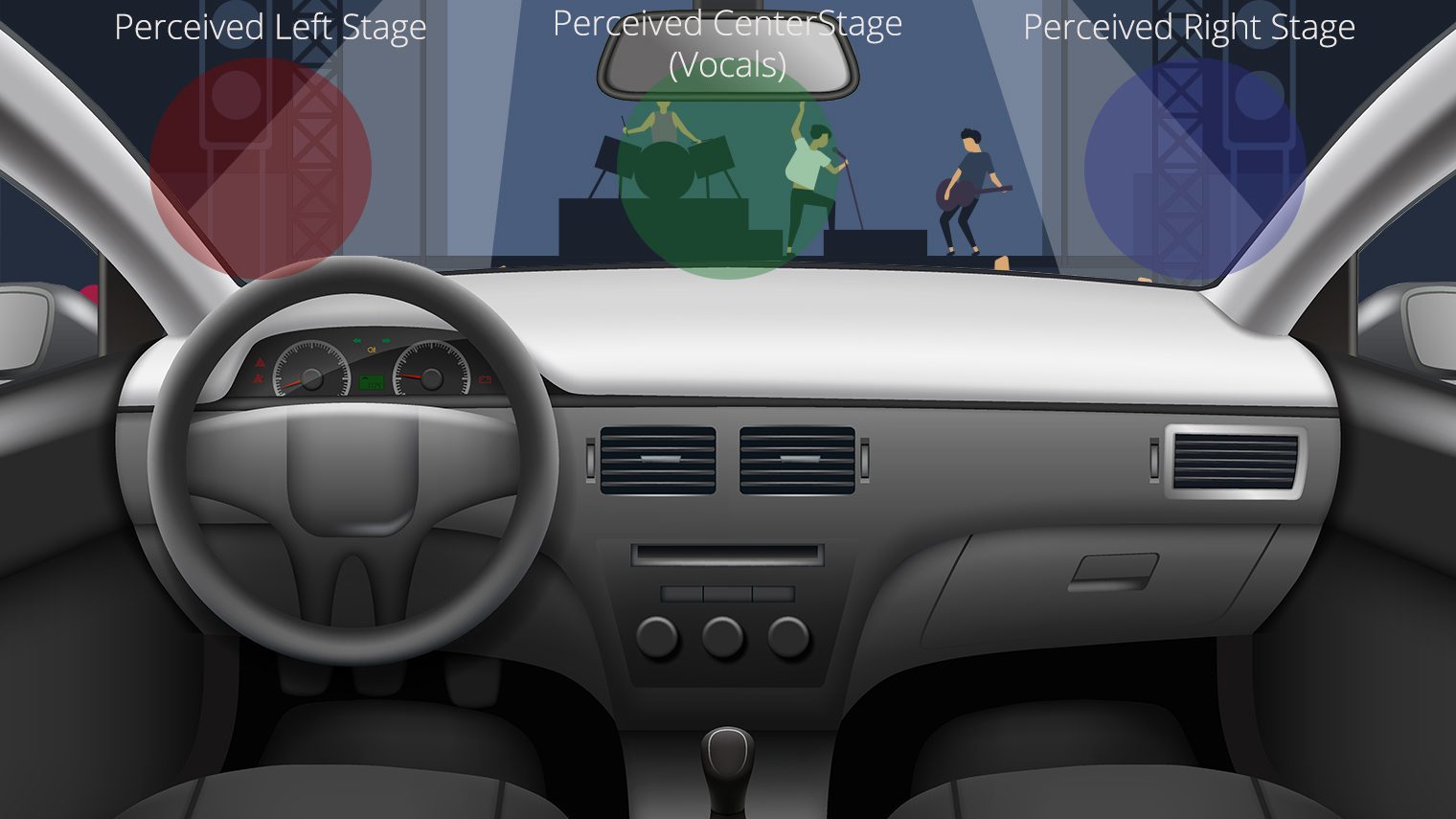
Even the best speakers in the world won’t give you perfect audio quality unless the installation considers the angles and frequencies applied to the speakers. This is where proper installation techniques come into play and how crossovers are used to get the results you want.
Tips for Installing Three-Way Component Speakers
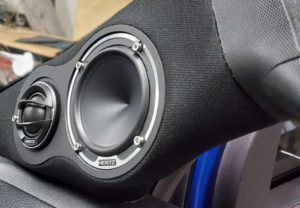
The trick to installing three-way component speakers in your vehicle is to pay attention to the angle the speakers mount at. Many factory locations are less than optimal because the speakers are put where they will fit, rather than where they sound the best. You may want to consider using angle adapters and sound-proofing materials behind the speakers to direct the speakers into the proper soundstage. Additionally, you will want a car amplifier that can handle the entire system with dedicated channels for each speaker. The most common placement of midrange and tweeters in a three-way system is in the A-Pillars of the vehicle. These are typically custom or prefab A-Pillars that will directionally place both the midrange and the tweeter into the ideal location.
Angling speakers is more important for mid-range and tweeters though, which are directional. Low bass frequencies are more omni-directional and it’s less important to point them directly into the listening area. Foam baffles and sound-deadening “boom mats” work well to reduce resonance and improve overall sound quality when used with mid-range speakers.
Active and Passive Crossovers
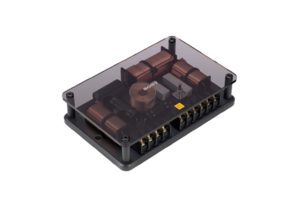
Crossovers come in two designs known as active and passive crossovers. Active crossovers typically install between your head unit and the amplifiers to prevent the amp from wasting energy producing frequencies your speakers can’t reproduce.
Passive crossovers don’t require power and are installed between the amplifier and the speaker to ensure your speakers are reproducing only the frequencies they normally provide.
Active crossover systems offer more control for fine-tuning your system and make expanding in the future simpler. Passive crossovers are easier to install and set up and are usually less expensive. Three-way speakers can come with either active or passive crossovers, however passive are more commonly used.
Pros and Cons of Installing a Three-Way Component System
There is simply no better way to get a high-performance, full range system than to pair three-way component speaker systems with proper amplifiers and crossovers. The design gives you more control over the installation of the speakers and the frequencies they receive too.
A component system is more expensive than a coaxial design though because you are buying three speakers that are intended to be used together. The installation is also more difficult when you are installing in a vehicle that didn’t originally come with this style of system. They also work best with an amplifier that powers each channel which means they’re more time consuming to tune.
What is a Three-Way Coaxial Speaker
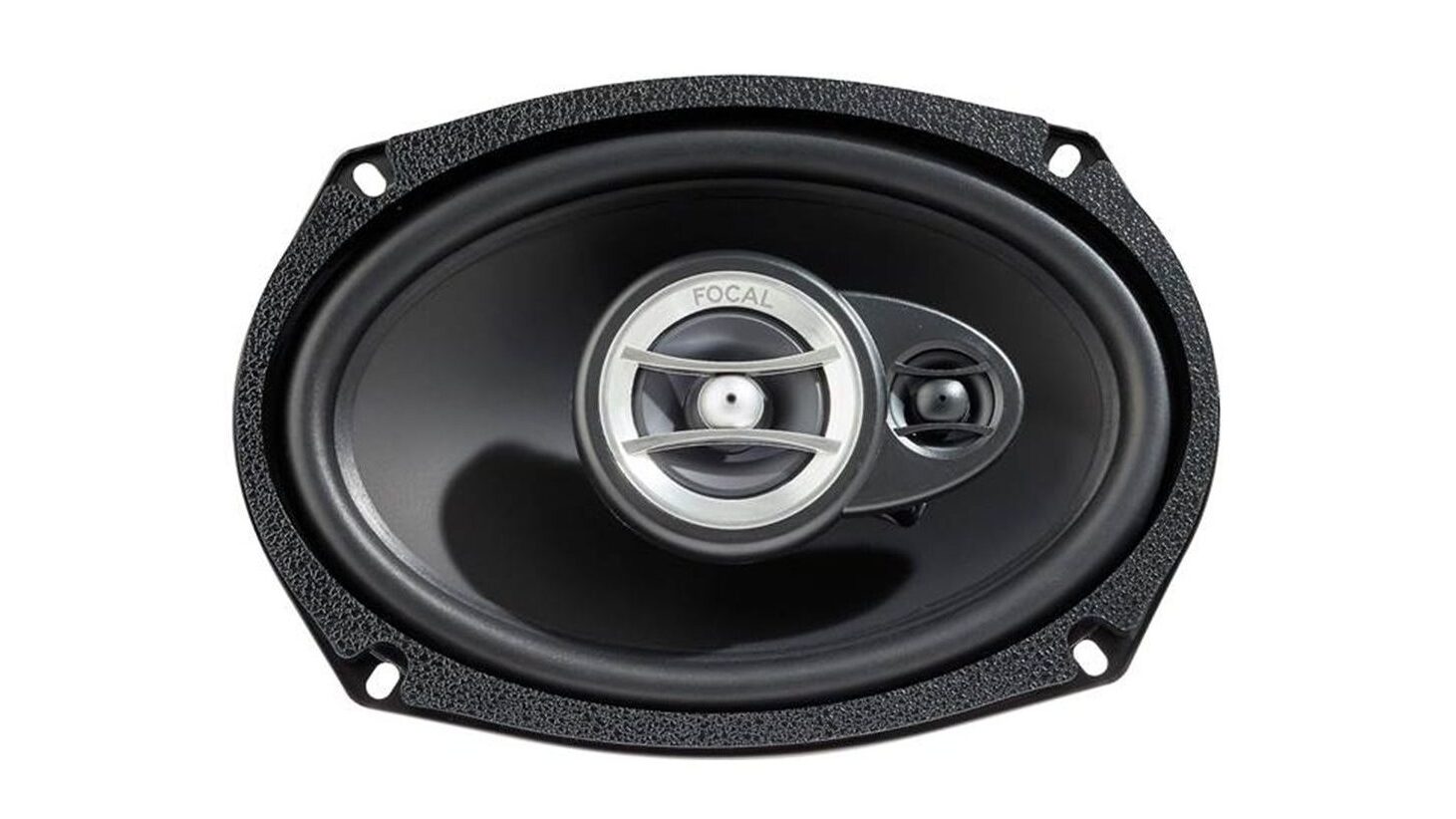
A three-way coaxial speaker is most often an oval-shaped speaker (like a 6×9 inch speaker) with a pair of smaller speakers fixed to the main driver. Most often, the mid-range and tweeters rest on a post at the center of the woofer cone.
Identifying the Speakers
The main speaker is called the woofer and, in most cases, it will handle frequencies down to about 50 Hz. The center speakers are generally a soft-dome tweeter/mid-range and a hard dome super tweeter. These two speakers work together to handle frequencies up to about 20,000 kHz.
The soft-dome tweeter/mid-range allows the speaker to handle mid-range frequencies in a realistic way, while the hard dome tweeter takes care of the upper levels of frequency range. A properly tuned three-way coaxial will have smooth and linear coverage of their rated frequency range.
The Bad Rap about Three-Way Coaxial Speakers
Three-way coaxial speakers often have a bad reputation for muddy sound. The reputation is usually earned by low-quality speakers that aren’t tuned well to match the frequencies from the woofer to the tweeters and vice-versa. They also eliminate one of the key benefits of a three-way system: the soundstage. You’ll want to keep a few things in mind when you are shopping for a coaxial speaker to upgrade your car stereo.
Quality Matters
Like any speaker that you are shopping for, you should buy the highest quality speaker that’s within your budget. This doesn’t always mean that you are stuck spending lots of money, but you also don’t want to go cheap because you won’t be happy with the results.
One of the first things to look at is the material the main woofer is made from. High-quality speakers will often use a woven or multi-layer material, while lower quality speakers tend to use pressed paper cones. The tweeter and super tweeter materials will also matter. If the three-way speaker has too rigid of tweeters, the sound will be metallic. Too soft and the sound will be muddy and will lack clarity.
There are a few installations that we think a three-way coaxial can be a valid option. Specifically, if you are installing speakers in a car and don’t want to, or can’t, modify the vehicle to fit three-way components. Just be sure to pick a high-quality product from a manufacturer you can trust, like the Focal ACX-690 three-way components that combine well-tuned tweeters and super tweeters with a high-quality woofer.
Wrapping Up
Knowing the difference between a three-way component and a three-way coaxial speaker setup will help you make the right decisions for your installation. If you are seeking a high performance, high output system and you are prepared for a custom installation, a three-way component is always the best way to go. We’ve got a number of favorite products in the three-way component category, including the Focal PS 165 F3E three-way component speaker system that hits all the perfect points without costing a huge sum of money.
